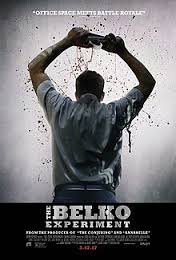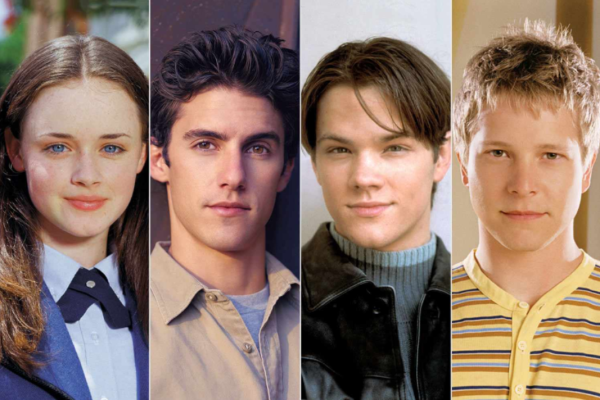The Belko Experiment
Movie Review

The Belko Experiment (Photo courtesy of Google)
March 30, 2017
Disclaimer: This article reveals twists and important details integral to the plot
A boring day at work explodes into action as 80 employees are pitted against their coworkers, their friends, and their morality as they are forced into a battle royale situation.
The Belko Experiment was overall a great film full of action and excitement. The film features a cast of employees who work in Colombia at a remote destination seemingly secluded from civilization. The steel-reinforced doors, the discrete location, and the armed guards perfectly establish an arena ripe for a killing ground. In the back of everyone’s skull is an explosive implant capable of being detonated by a controller outside of the building. The contestants are given a choice to kill 30 of their fellow workers or have 60 executed. This begins the plot and sets the dilemma which causes turmoil and chaos to ensue amongst the characters.
The characters were an accurate portrayal of the different human reactions to being forced into a “kill or be killed” situation. There is the ethically uncompromising protagonist Mike Pelk, played by John Gallagher Jr, who insists upon upholding morality. There is also the machiavellian and cruel antagonist Barry Norris, played by Tony Goldwyn, who will undoubtedly murder to survive. Others characters represent distinct, yet realistic personas in this terrifying setting. For example, John C. Mcginley plays Wendell Dukes, a perverted killer driven by animalistic bloodlust rather than survival instincts. Terry Winters plays a coward who follows the dominant figure hoping to survive.
At the end, even the protagonist, Mike Pelk, sells his morality for survival. He kills the last contestant, Barry Norris, by bashing his skull with office supplies. Mike Pelk then proceeds to murder the people who facilitated and orchestrated the whole ordeal. As he walks out of the warehouse that housed the conductors of the nefarious experiment, the camera zooms back to reveal a screen displaying the last survivor. The experiment was not over, Mike Pelk had simply passed the first level.
The cliffhanger ending was almost disappointing because the story and the plot was unresolved. Austin Chan (11) felt that
“the movie didn’t truly end.”
Mike Pelk had not truly survived or triumphed in the belko experiment, but instead spent the entirety of the movie conforming to what his conductors expected him to. Though the cliffhanger ending was questionable, it is a good indicator; it was essential in setting the stage for a sequel to this riveting film.






















